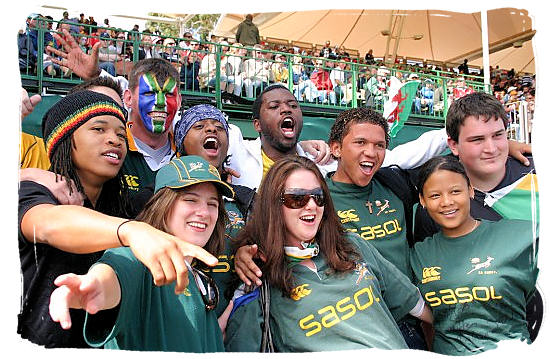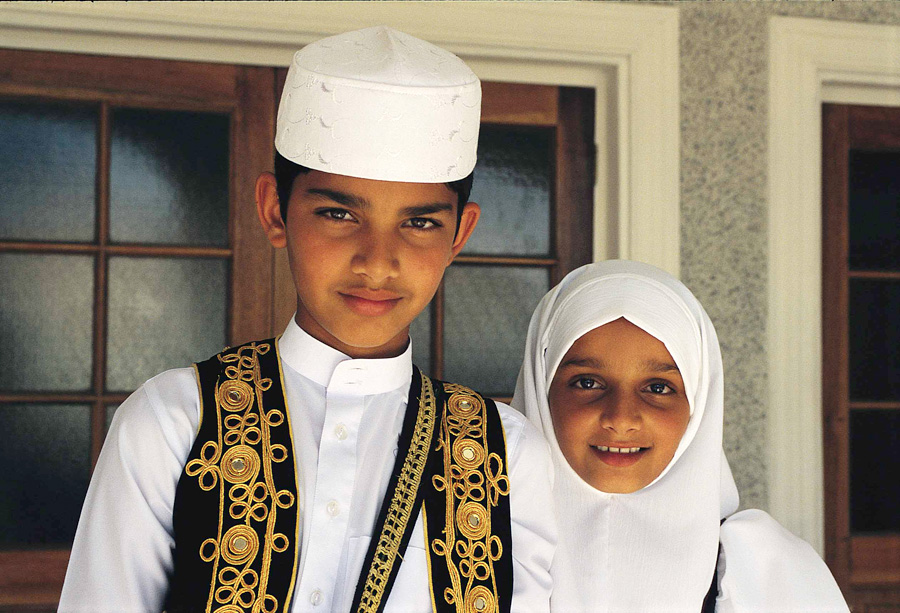Things about South African Culture Today
Things about South African Culture Today
Blog Article
Examine This Report on South African Culture Today
Table of ContentsExcitement About South African Culture TodayGetting My South African Culture Today To WorkThe Best Guide To South African Culture TodayHow South African Culture Today can Save You Time, Stress, and Money.Some Known Questions About South African Culture Today.Some Known Details About South African Culture Today
This adheres to with singing and drum pounding. The couple after that meet the senior citizens and speak about the importance of their union. A matter of importance in Zambian villages is the passing away of liked ones. All participants of the town put cash, time and initiative together for the funeral of the deceased.Throughout the grieving duration; guys remain outside your home and the ladies stay inside your house of the deceased. After discussing the departed, the village walks to the place of interment to say their last farewells. Songs and dancing is an extremely crucial element of the Zambian culture. The numerous tribal systems have their own dancing forms; nevertheless, makishi prevails among all people.
The 7-Minute Rule for South African Culture Today
When it concerns songs, drums are used one of the most, with a variety of drumming events. In Zambia, majority of individuals are Christian; Protestant and Roman Catholic. There are tiny groups of Muslims and Hindus, with the remainder adhering to local native tribal beliefs.

South African heritage and society is greatly varied, and contains various groups of people that each have their very own customs and ideas. Having such a variety of individuals and societies is what makes South Africa so special. In real feeling of the phrase, we are a rainbow country.
South Africa has approximately 3 hundred thousand Portuguese individuals residing in it. Making it the 7th on the checklist of nations with the most Portuguese people in it outside of Portugal. Portuguese is not just a society, however it is likewise a language and a citizenship. Portuguese individuals stem from the nation of Portugal in Europe, nevertheless, because of Portugal (like many other nations in Europe) discovering the world and conquering various other countries during the 15th 20th centuries, South Africa has what we call Portuguese South African's living in it.
South African Culture Today Fundamentals Explained
Amongst the popular functions of the topography is a plateau that covers practically 2 thirds of the center of the country. The plateau complicated increases towards the southeast, where it climaxes in the Drakensberg array, part of an escarpment that divides the plateau from the coastal locations. The Drakensburg includes Champagne Castle, the highest possible optimal in the country.
The region north of the Witwatersrand, called the bushveld, inclines downward from eastern to west towards the Limpopo River, which forms the worldwide boundary. The western section of the plateau, the middleveld, also descends in the direction of the west and varies in altitude in between the highveld and bushveld. In between the Drakensburg and the eastern and southern coast, the land descends to the sea.
Nearer the coastline there is a low-lying level called the eastern lowveld. Southwest of the plateau the nation ends up being gradually a lot more dry, offering method to the hostile desert of the Great Karroo, surrounded on the eastern by the lower, much better sprinkled plateau of the Little Karroo. Dividing the completely dry southerly inside from the sandy coastal of the southern coast and West Cape is one more array, the Langeberg.
The Buzz on South African Culture Today
The country's racially, ethnically, and politically split background has actually produced nationwide and subnational symbols that still function as icons of the nation, and others signs that are approved just by specific groups. The monoliths to white inhabitant conquest and political prominence, such as the Afrikaner Voortrekker ("leader") Monolith in Pretoria and the Rhodes Monolith recognizing the British colonial realm building contractor and Cape prime minister Cecil Rhodes, remain sectarian icons.
The initial contemporary occupants were the San ("bushman") hunter-gatherers and the Khoi ("Hottentot") peoples, that herded animals (South African culture today). The San may have existed for thousands of years and left proof of their existence in thousands of old cave paintings ("rock art"). Bantu-speaking clans that were the forefathers of the Nguni (today's amaZulu, amaXhosa, amaSwazi, and vaTsonga individuals) and Tswana-Sotho language groups (today's Batswana and Southern and Northern Basotho) moved down from eastern Africa as very early as the fifteenth century

The two previous republics of the Orange Free State and Transvaal (South African Republic) were established by Afrikaner settlers that defeated and dispossessed the Basotho and Batswana. Lesotho would have been forcibly included into the Orange Free State without the expansion of British protection in 1869. The ultimate marriage of the nation arised from the South African Battle (18991902) in between the British and both Afrikaner republics, which decreased the nation to spoil at the beginning of the twentieth century.
Afrikaners traditionally considered themselves the just real South Africans and, while providing complete citizenship to all residents of European descent, rejected that condition to individuals of color till the autonomous change of 1994. British South Africans maintain a feeling of social and social connection to Great Britain without deteriorating their identification as South Africans.
8 Simple Techniques For South African Culture Today
The diversity and fragmentation within ethnic groups and the balance of tensions between those teams throughout the twentieth century protected against interethnic civil conflict. While intergroup tensions over resources, privileges, and political dominance remain, those disputes are as likely to pit Zulu against Zulu as Zulu against Xhosa or African against Afrikaner.
From colonial India, British sellers and managers brought the rounded metal ornamental roof coverings and slim shoelace work pillars that still symbolize the terraces of homes arounds and cities throughout the country. Holy places contribute a crucial building facet even in the smallest towns. In addition to the Homepage soaring steeples and next classic stonework of Afrikaans Dutch Reformed churches, Anglican churches, synagogues, mosques, and Hindu temples offer variety to the religious architectural scene.

Slaughtering and the developing of standard grain beer are vital in securing the involvement and a good reputation of the ancestors who are thought about the guardians of great fortune, success, and well-being. Indian communities keep their native culinary customs and apply them on Islamic and Hindu ritual and ritualistic events. Afrikaners and Coloured people collect at weekends and unique events at multifamily barbecues called braais, where community bonds are enhanced.
Due to the fact that this was the main financial business of both black Africans and white colonists, dispute in between those groups centered on the belongings of grazing land and animals. In 1867, the largest diamond down payments worldwide were uncovered at Kimberley in the west central location. The wide range from those areas aided fund the exploitation of the best gold coral reef on the planet, which was discovered on the Witwatersrand in 1886.
Little Known Questions About South African Culture Today.
This caused misunderstandings and purposeful misrepresentation in the transactions Discover More of white inhabitants and government officials with African principals during the early american period (South African culture today). In the establishment of African gets, some facets of common and chiefly "tribal trust" land tenure were protected, and also in white backwoods, types of public period were still practiced in locations with African neighborhoods
After the democratic change of 1994, programs for land restitution, redistribution, and reform were instituted, however development has actually been slow-moving. The white minority still controls eighty percent of the land. In the wake of farming land invasions in Zimbabwe, the Division of Land Affairs has actually pledged to speed land redistribution.
Report this page